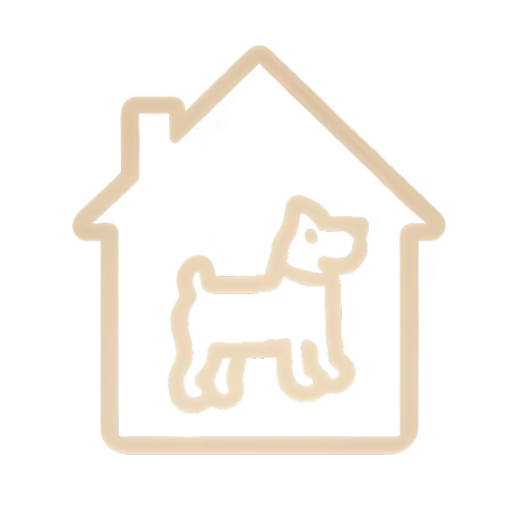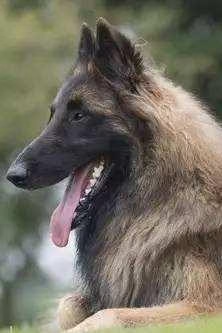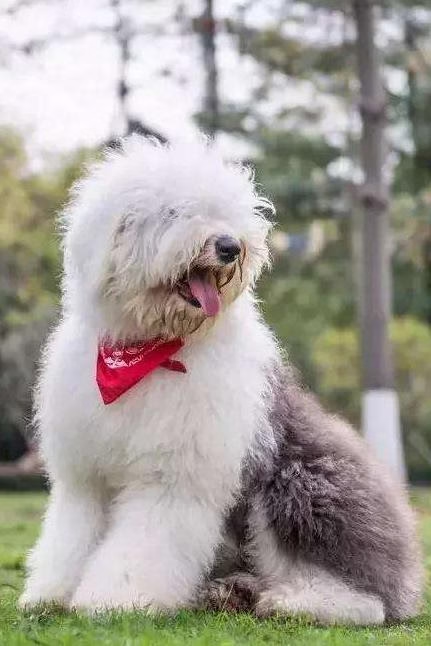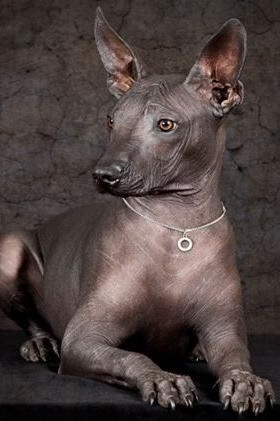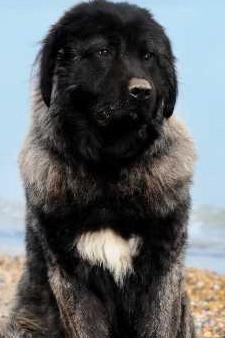Samoyed (Samoyed Dog, Samoyede)
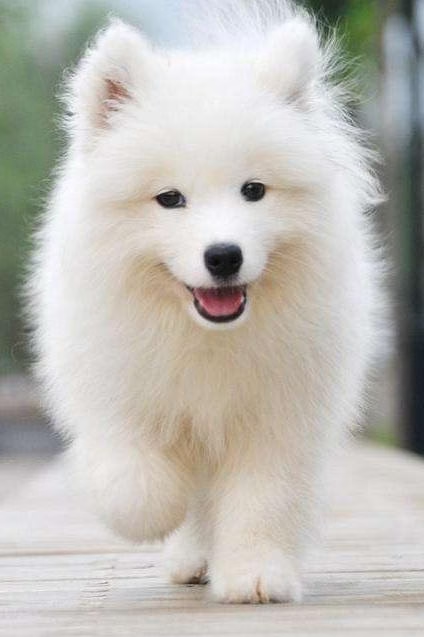
Samoyed
Samoyed Dog, Samoyede
Basic Information
- Category: Pet Dog
- Origin: Siberia
- Body Type: Medium-sized
- Height: 48-59cm
- Hair Length: Long-haired
- Lifespan: 12-15 years
Ratings
| Trainability | ⭐️⭐️⭐️ |
| Affection Level | ⭐️⭐️ |
| Barking Level | ⭐️⭐️⭐️ |
| Shedding Level | ⭐️⭐️⭐️⭐️ |
Breed Introduction
The Samoyed (English: Samoyed) is a working dog breed named after the Samoyedic people of Siberia, known for their endurance and strong build; thus, European explorers have used this dog for sledding in polar expeditions. They are alert, powerful, very lively, noble, and elegant. Because they are working dogs in cold regions, they have a very thick coat that can withstand various climatic conditions. Their Samoyed smile may represent the dog’s true character: calm, excellent, cheerful, and warmly affectionate towards humans.
In the late 19th century, fur traders introduced this dog to America and Europe for profit from fur, leading to its widespread breeding across the world. For many years, the history and legends surrounding the Samoyed dog have been as captivating as the dog itself. The story begins in the Iranian plateau, one of the earliest human habitats, where powerful tribes drove weaker tribes (along with their families, livestock, and dogs) far away to ensure ample food supply. The driven tribes continued north, crossing through China (one of the world’s cultural centers), arriving at the vast permafrost zone between the White Sea and the Yevseni River. They found safety behind the natural fortress of ice and snow. These people are the Samoyedic people, the earliest inhabitants of the Seattes. The Samoyedic people are considered a transitional race between pure Mongols and Finns. Here, they led a nomadic life, herding reindeer.
The development of the Samoyed dog has a rich history steeped in legend. The story begins in the Iranian plateau, where powerful tribes drove weaker tribes away. The displaced tribes traveled north, eventually reaching the permafrost zone. The protected inhabitants of this region, the Samoyedics, are considered to have evolved from pure Mongolian and Finnish peoples, living a nomadic lifestyle centered around reindeer herding. Samoyeds were bred to assist in herding reindeer and pulling sledges and have also served as companions.
Over the centuries, the Samoyed has remained purebred. Among all modern dog breeds, the Samoyed is one of the closest to primitive breeds without any admixture of wolf or fox bloodlines. The Arctic sun and snow have given the Samoyed a pure white coat with a glass-like sheen. Their long history with humans has resulted in remarkable understanding abilities. As protectors of reindeer rather than predators, Samoyeds possess unique characteristics. The childlike joyful spirit of early native residents can be found in every Samoyed.
Long association with humans has not spoiled Samoyeds, as they maintain an impressive record as working dogs in polar expeditions. Early polar exploration sled dogs (9 males, averaging 26.63 kilograms; 9 females, averaging 22.91 kilograms) worked day after day under extremely harsh conditions. Despite having to pull goods weighing one and a half times their own weight, they remained happy and carefree, which epitomizes the typical Samoyed character.
With each expedition, figures such as Jackson-Harmsworth, the Duc d’Abruzzi, Borchgrevink, Shackleton, Scott, and the most famous Roald Amundsen reached the South Pole in 1911, each contributing to the illustrious history of the Samoyed. Within less than a century of their introduction into Britain, Samoyeds became the center of attention at every dog show. Queen Alexandra had a special fondness for this breed, and many breeders in the UK and America still have her descendants today. Samoyeds are now found worldwide. Samoyeds born in Siberia safely cross the equator and remain healthy in the Antarctic ice and snow. Those returning from polar expeditions have endured the test of Australian sunshine upon returning to Britain, where they made their homes.
